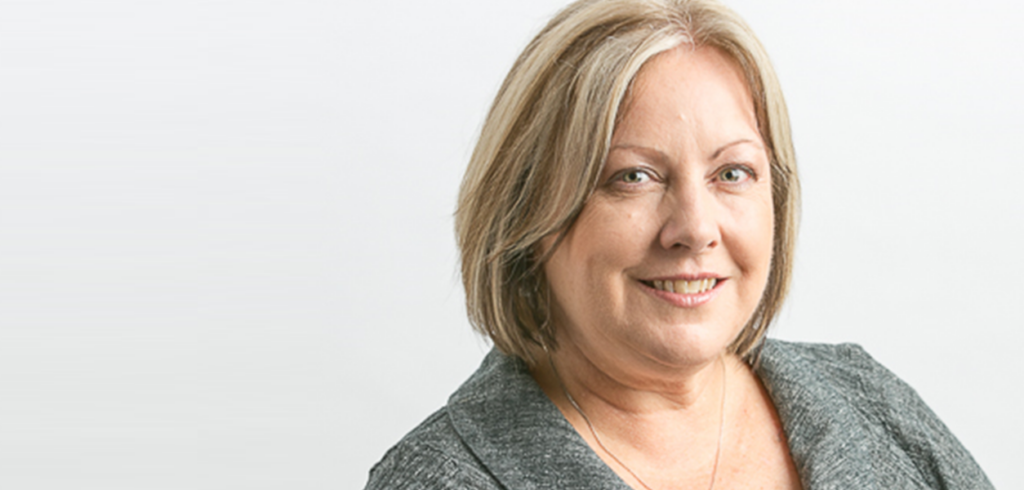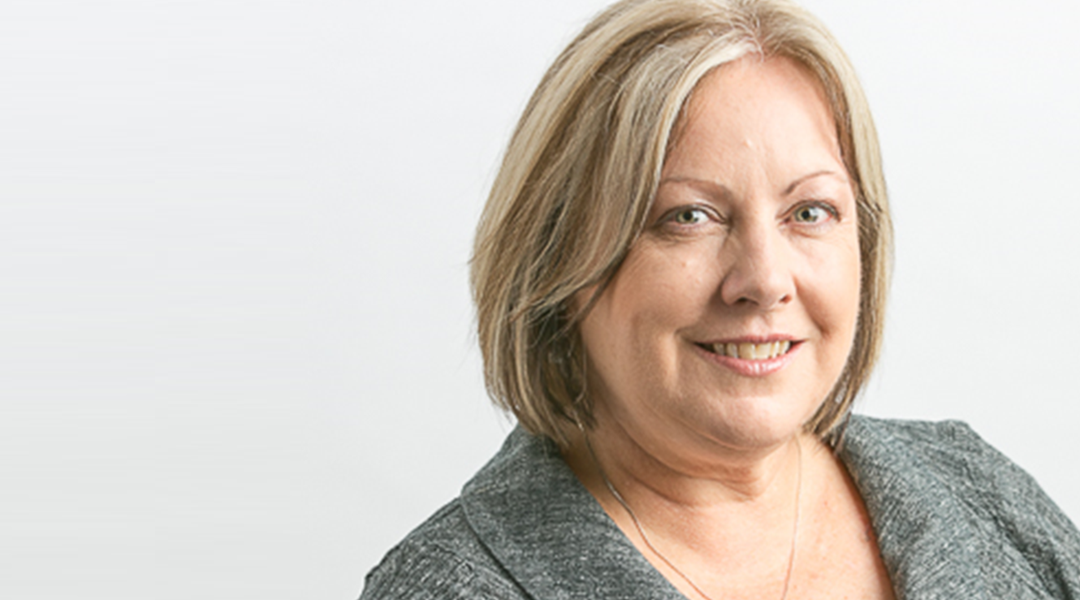
The funding of aged care can seem complex and that’s because there are different contributions for different aspects of care. Deeming also plays a part.
Many people will delay discussions about, aged care, or underplay the need for a reasonable understanding of aged care costs – perhaps because we may subconsciously fear the approach of this stage of life. Retirement Essentials believes that supporting your knowledge of aged care costs is important. It’s part of our mission to keep you fully informed of all aspects of funding your retirement journey. You may never need to know this information, but if you do, it may well help you to avert stressful, last-minute decision-making.
The following explanation of aged care costs is in two parts:
- An executive summary of the main things you need to know
- A fuller detailed explanation for those in need and those who care about someone who may be in need.
Aged care costs:
Need to know
- A report from the Independent Review of Aged Care Funding taskforce will be released shortly
- It will make recommendations about future funding of aged care
- An increase to the threshold on the family home has already been ruled out by the Labor Government.
- Aged care expenses can be categorised (and charged) in one of four ways:
- Accommodation, paid by lump sum (RAD) or daily rent (DAP)
- Daily expenses, a basic daily fee
- Cost of care- actual care expenses, largely covered by commonwealth Government, but a means test also applies
- Extras – despite the name this amount be by choice or a compulsory charge.
- The maximum any resident will pay is between $23,000- $55,000. On average, aged care is 75% government funded and residents pay up to $25%.
- Planning ahead is important. Read Louise’s six-point planning strategy here.
Background detail
Most Australians like to think that they will be able to ‘age in place’, living life out in their own homes. But this is not always the case. There are currently about 180,000 Australians living permanently in aged care residences and these numbers are set to increase as the number of older citizens does. Which prompts the questions, will you have enough to fund your own age care needs? How much will you still have at age 80?
To answer these questions and others, we sought out the expert insights of Louise Biti who has been interpreting and advising on aged care for 25 years. She is also author of the best-selling guide to Aged Care, Don’t Panic: age the way you want where you want.
Aged Care is a hot topic at the moment because the release of a report on how it is funded is imminent. The Independent Review of Aged Care Funding, by a 12-person taskforce, took place between June and December last year. The Taskforce, chaired by Minister for Aged Care and Sport, Anika Wells, delivered its report to the Federal Government on 15 December.
Louise explains that the Royal Commission into Aged Care Quality and Safety (2021) touched on the need to have more money flowing into the aged care sector, but unfortunately time limitations did not allow them to explore adequately what it really costs. Nor how this could be shared across government and people accessing care services. This is why a taskforce was established. Many older Australians are keen to learn what the Taskforce found and recommends.
Interestingly, before this report has even been released, the Prime Minister, Anthony Albanese, has ruled out any increase to the threshold of the family home. But what proportion of aged care costs are covered by those living in care? In fact, who pays for what and when? If you find aged care funding confusing and have no clue what you may eventually be up for, you’re not alone. The following is an edited Q&A with Louise, to help step you through the main things you need to know.
The Review was undertaken to consider ways of covering costs of aged care, set to increase 82% by 2033-34 , so the big question is how will Australia cover this cost increase?
Q. How are consumers currently charged for aged care?
Louise:
Let’s first put aged care into context – aged care is a health driven issue, but it is not like the healthcare system. Aged care needs arise when a person’s situation changes (due to health, physical frailty or cognitive decline) and the home they have been living in is no longer suitable to continue living in.
They can’t manage the day-to-day activities and are not able to live safely. They need to find a new home.
Funding your new home
As with any home, there are four categories of expenses:
- Accommodation
This refers to Pay for your room which has a lot of different terminology, including RADs and DAPs. Essentially the resident needs either a lump sum of money to buy the right to live there called a Refundable Accommodation Deposit (RAD) or cashflow to rent the room, the Daily Accommodation Payment (DAP). The prices for the room can vary (up to $2.5m, with an average around $500,000), just as property prices across Australia also vary. It’s important to consider which ‘homes’ are within your price range and shop in that space. The good news is that we have the ability to choose the buy or the rent option or even a part buy/part rent. And specialist aged care financial planners can help you to understand the implications of both on cashflow, Centrelink, fees etc to support you to make the right choices. For some people who have lower assets and income, the government may also help with costs.
- Daily expenses
Once the room is paid, then the second charge is for daily expenses such as food, electricity and cleaning. The new resident no longer pays those directly as the bills are now paid by the care provider. The basic daily fee (set at 85% of single rate pension) is used to split these costs equally and fairly among all residents. This is around $22,000 per year.
- Cost of care
The third fee is paying for care – all the staff, the equipment and medical supplies needed to provide care on a day-to-day basis. This is largely paid for by the commonwealth government for all residents, but a means-test applies to work out how much a resident can contribute, with daily caps, annual caps and lifetime caps to limit overall cost and help with planning and affordability. This extra amount is between nil and $33,000 per year.
- Extras
The fourth and last category are the extras. The provider may charge an additional service fee for extra services, such as beer or wine with meals, choice of meals, streaming services access and newspapers. Sometimes this is pick and choose what you want, but often it is a compulsory package of fees. This amount can vary, typically from $20-$50 per day.
As well as these four types of expenses, there is also your personal expenditure – pocket money, health insurance premiums, medical and chemist bills, costs for your original home if it is still maintained.
The money that a provider can get to look after a person in residential care is up to about $174,000. The most any resident will pay is between $23,000 and $55,000 depending on financial assessment plus additional services and room costs. On average, the taxpayers pay 75% of residential care costs, and residents pay 25%.
Q. Already, before the report is released, the PM has noted that the family home threshold won’t change.
What part does the family home play in paying for aged care? Why is there a threshold? How does this work? And what if there is a mortgage on the home?
Louise:
This has been an ongoing debate and while I think in policy areas there is support for increasing the impact on the former home, it’s obviously politically sensitive.
However I believe there is a good argument for leaving the home as it is (at least for the first two years in care). If we go back to the fundamentals – a person is swapping one home for another. The former home is only assessed at a portion of the value – the capped value which is currently $197,735 (indexed). The way the maths on fees work by using this capped value means that if you have a home that you can use to pay for your new home, the government will not subsidise your room cost – you will need to find one in your affordable range. So the more expensive your home, the more choices you may have. This is the same anytime we move homes and buy/sell to fund that move.
Essentially, if you own your home and it is worth more than the capped value, that will mean you are not low-means and the accommodation cost is all yours to pay. You might choose to sell your home, but you can also keep it and rent or borrow against it if you need more cashflow.
The value of your home on its own does not create a means-tested care fee. This fee is calculated based on all your other assets outside the home. If the government increased the assessment of the home it might have an impact of increasing the portion of care costs paid by the resident.
If you have an existing debt on your home, this will reduce the market value but because the home is only assessed at capped value, it might not have any impact on care fees or age pension (at least not in the first two years) but it is an additional expense you will need to work out how to pay.
Importantly, if your spouse (or other protected persons) still live in your home, it is exempt from means testing for aged care fees.
Q. Are Age Pensioners treated differently to self-funded retirees? If so, how?
Louise:
Not really. The fees apply to everyone. The difference is that part-pensioners and self-funded retirees may have more assets and income which may give them more choices and different funding options. They may also pay more of their costs. Every resident in aged care is subsidised by the taxpayers.
Q. How is deeming used to determine aged care costs?
Louise:
Your aged care costs are means-tested. So how much you pay is a factor of both assets and income. The same as Age Pension calculations, if you have financial investments the income is calculated under deeming rules. At the moment the deeming rates are quite low as they were fixed for two years by the Government – at 0.25% and 2.25% – during the Covid pandemic but this ends on 30 June and we may see an increase which brings deeming rates closer to market rates.
Q. What do early year retirees (say 60-70-year-olds) need to think about so that they are well-prepared for any sudden needs for care?
Louise:
Here’s a six-point plan to help you start thinking about your own accommodation needs as you age.
- Start now
It’s important to start thinking and understanding the rules.
- Have a plan
What are your preferences, what are your non-negotiables and who will make the decisions on your behalf?
- Keep your assets
You may not need all your assets now but think ahead to the likely costs of aged care. The more wealth you have, the more choices you may have about where and how you age with dignity
- Get paperwork in place
Think about who can be trusted with your Enduring Power of Attorney (EPoA), your Enduring Power of Guardianship (EPoG) and medical directives and see a lawyer to set them up.
- Think about where you live now
And how suitable it will remain. Would you need to do modifications or need to move? Start looking around.
- Seek financial advice
You will need someone qualified, licenced on the ASIC financial adviser register and accredited in aged care advice.
Louise Biti is a co-founder and Director of Aged Care Steps, the leading business supporting financial advisers to provide advice to clients on aged care. She is one of the pre-eminent experts in aged care advice, having spent more than 25 years analysing the rules and helping to interpret them for advisers and clients.
Her key mission is to try to make the complex area of aged care advice seem simple.
As you can see Aged Care funding can be very complex and depending on your circumstances you could benefit from seeing a specialist aged care financial planner. Where we can help is by providing you with projections of how your savings will convert into long term income. This will give you a better understanding of how much you will have available to meet your aged care needs in the future. Why not talk to one of Retirement Essentials advisers to run the sums and see if you will have maximum choice to meet your needs in the future?
What are your thoughts on aged care?
Have you started planning for this possible need?
Or does it sound too hard or too far away to worry about?






At 75, currently a carefully managed self funded retiree and building an aged care ready house, I am planning to remain in my own home for as long as possible. Main criteria for this possibility is maintaining reasonably good physical and cognitive health. Therefore, a good diet and exercise is essential. Having worked in the aged care sector for several years, for myself, it would be the last resort to spend my final days in one of these facilities.
I am interested in Robyn’s thinking and planning, as her approach to this, and financial situation, and age, is similar to mine.
I wonder how, with minimal government help due to means tests, that private nursing help can be afforded in one’s own home. I think I can manage it, depending on how dependent on nursing help I become.
I am a self funded retiree and don’t receive a part pension as I have assisted family financially. My home is 2 story and after 4 recent falls and hospital visits I have installed a chair lift at my own expense. As I live in SA $400 plus was to register it to the safety board. I am told that the SA government is the only state with this fee. I do not see that as being fair as I live as frugally as I can and do not get cost of living increases as pensioners do. Ones I know have difficulty spending what they get.